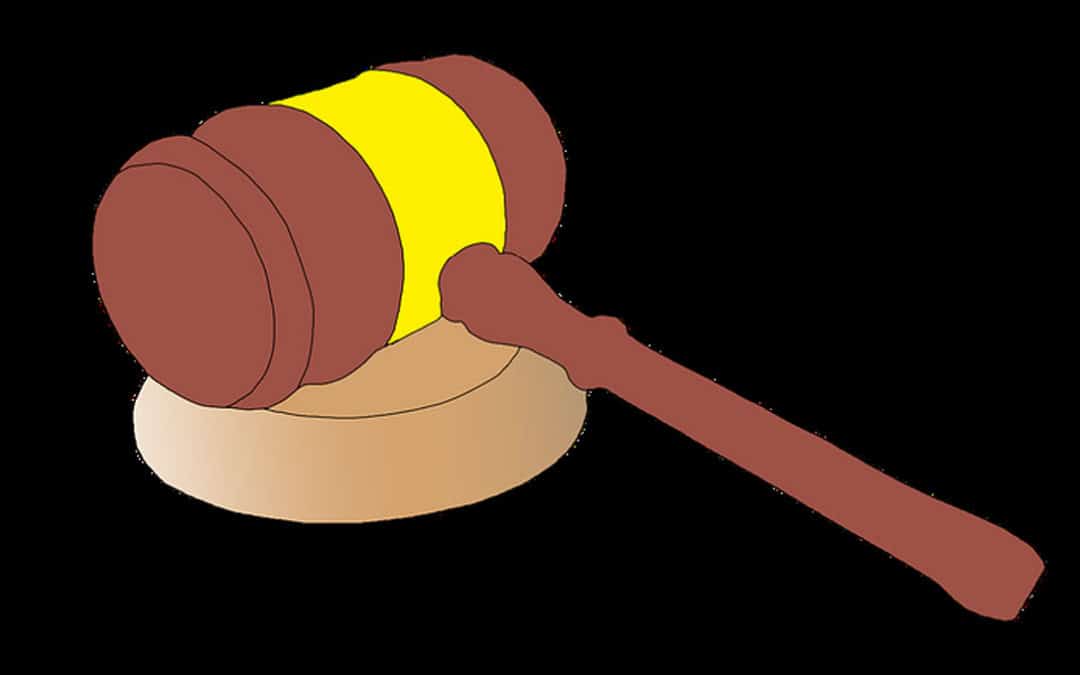Impartial Conditions Reports are Key in Transition to Online Sales
If the highest possible prices are to be achieved at online-only auctions, buyers must have complete confidence in the condition of what they are buying, highlighting the important role of an independent condition report for all lots offered online.
In a world in lockdown many are wondering whether auction houses will prove the saviour of the art market. Unlike many other areas in the sector, auction houses have the international reach and technology in place to operate successfully online.
Online sales may well become the new normal, even after lockdown restrictions ease. Younger collectors are very comfortable with this format as auction houses have long geared their online-only sales of luxury goods and mid-priced art to these younger tastes and budgets. Now, as a result of Covid-19 restrictions, more traditional markets have been forced to adopt the online-bidding format and experienced how simple it is to bid from home.
Tony Campbell from Rafael Valls seems to think so. “Online sales in general seem to have gained a major boost because of the lockdown and may continue to grow now that people have got to grips with how easy it is to sit at home and bid.” Campbell is quoted as saying in Alex Capon’s excellent Antiques Trade Gazette report on the success of Sotheby’s first online-only sale dedicated to a single dealer of Old Masters, Rafael Valls. The success of yet another online-only auction may be taken by some as proof of the prime role auction houses look set to play.
Whatever the misgivings, and whatever the affection auctioneers have for the tradition and excitement of the salesroom, there is no getting away from the fact that a more online operation will significantly reduce running costs. With the economic hit London salesrooms took as a result of first Brexit, and then Covid-19, auction houses departments will be under increased pressure to reduce overheads.
These savings could then be passed on to the seller who potentially risks losing out on this arrangement because the more sober online auction format may struggle to achieve the dizzyingly high prices reached when bidders physically in a salesroom get swept up in the heady atmosphere.
The flip-side to this, is the financial advantage to the online auction buyer. Recession aside, if online auctions become the norm, art prices may fall on lots offered at auction purely due to the absence of the drama that comes with a physical saleroom.
Major auction houses may calculate that this potential dip could be lessened or avoided if far greater numbers of people bid because online-only timed auctions makes it far easier for them to do so. For this to happen, auction houses will be keen to stress the ease and convenience to potential bidders, as well as directing resources to make the online-auction process as transparent and as accessible as possible, particularly for first-time bidders.
In his report on the Sotheby’s Rafael Valls auction, Capon notes that “The sale itself was a timed auction that ran from April 1-8. While holding the physical viewing was not possible, detailed condition reports were available on every lot page and each entry had a link to a shipping calculator tool.”
As the bulk of works being offered in the Rafael Valls sold for less than £25,000.00 (with substantially lower estimates), it is not surprising that Sotheby’s appear to have carried out the condition reports themselves as opposed to using a third-party independent conservator (which the major auction houses tend to do for their offline big-hitting sales). However, the potential drawbacks of these condition reports are made very clear by the substantial disclaimer accompanying each condition report;
If online auctions continue to feature increasingly valuable lots aimed at more traditional buyers, it is inevitable that the demand for every online lot to have an independent condition report will grow to a point where it becomes standard.
For one thing, Sotheby’s advice that their condition reports should not be considered an alternative to professional advice regarding the condition of the lot, may be hard for potential bidders to act on during this period of lockdown.
It is by no means impossible for a lone conservator to condition report an object in a storage facility and keep within Government social distancing guidelines, but doing this requires a certain degree of advance planning to ensure that the process is managed safely. Many bidders may only discover the objects close to the end date of the sale and will not have time to do this.
Furthermore, if every bidder arranged for an independent conservator to examine a lot, this would inevitably prove extremely complicated for Sotheby’s to schedule and beyond Covid-19, the online-only auction will be expected and be required to be easy and convenient for all parties.
An easy and convenient auction definitely cannot require bidders to take it upon themselves to approach a conservator, send them the lot details and jump through all number of administrative hoops simply to receive an authoritative statement, as opposed to ‘genuine opinion’, on the condition of a work of art. Far simpler and far more cost-effective for auction houses to have an independent condition report carried out for every single lot offered, during the cataloguing stages.
In theory, this cost could even be passed on website users, by setting up a paywall on the catalogue page so that interested parties would have to pay some nominal amount (£5.00) to access the independent condition report.
It will be interesting to see if online-only auctions become the new normal, and if they do in what ways the format evolves to reflect their new status.
If the highest possible prices are to be achieved at online-only auctions, buyers must have complete confidence in the condition of what they are buying, highlighting the important role of an independent condition report for all lots offered online.

